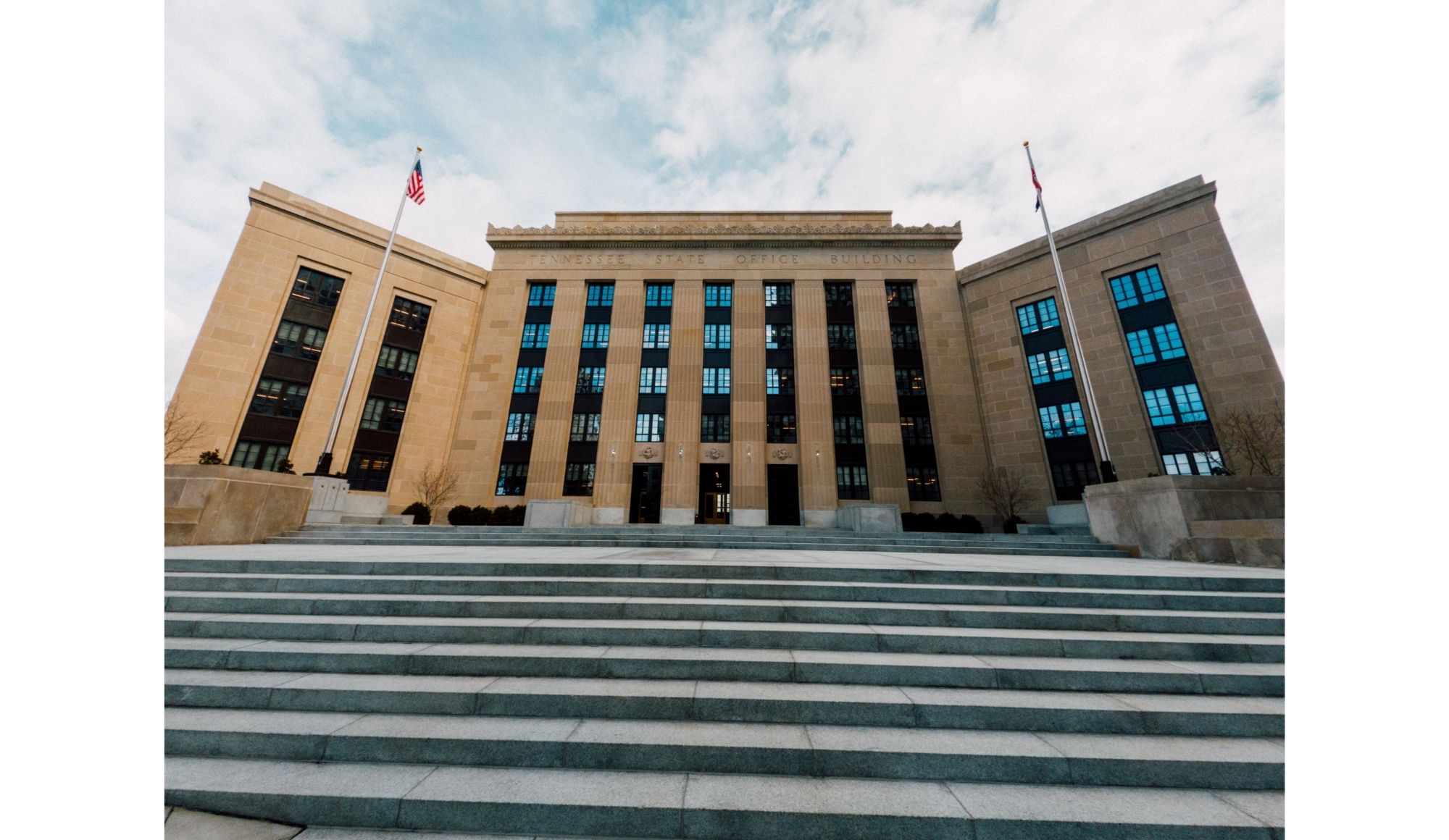Is The Fed Rate Hike A Bear Trap?
The Federal Reserve hiked rates 50 basis points on Wednesday, May 4, the largest increase since the Dot-Com bubble in 2000 burst.
The announcement was accompanied by language that bulls will find distressing at first glance. The Fed claimed it was “highly attentive” to inflation risks, suggesting the Central Bank is now as hawkish as it has been over the past decade. The concerns didn’t end there for bulls. The Fed claimed it would taper into its Quantitative Tightening beginning June 1st.
As a reminder to newer investors, the #1 rule in investing is not Warren Buffett’s famous saying “don’t lose money“, it is “don’t fight the Fed.” Are all the headwinds evident from the Fed meeting signaling lower prices ahead or is the Fed rate hike a bear trap?
A Rate Hike Steamroller Is Building Momentum
The initial reaction to the Fed rate hike was a market rally. At first glance, it may seem that the market anticipated the 50 bps hike and priced it in. But remember the first move post-announcement tends to be structural as dealers rebalance inventory. The subsequent move is related to liquidity and is often sustained. So the bulls are not out of the woods.
In fact, the short-term interest rate market is now pricing in a whopping 11 interest rate hikes, including Wednesdays two. The market is now factoring in a 100% chance of a 1.5% hike over the next 3 meetings and the odds of a 1.75% hike have hit 52% by the end of the summer.
The steamroller of Fed rate hikes has just begun if expectations prove correct. And if the history of stock prices over the past few months is a sign of what is to come, risk remains high. Many growth stocks are already down over 70%. Some like Peloton dropped 50% after dropping 70%! The takeaway is clear: buyer beware. Even buying the dip now can be fraught with danger.
But is there a counterargument to suggest the Fed’s rate hike is a bear trap that should be used to scoop up shares?
Bear Trap: Yay or Nay?
History is a great teacher when it comes to analyzing Fed policy. Back in the good old days of 2018, the Federal Reserve looked to remove liquidity from the system to the tune of $50 billion a month. It’s not looking to up that amount to near $95 billion while simultaneously hiking rates in consecutive meetings.
Is this realistic?
When we examine what happened in the past, we see the Fed failed miserably. As soon as the market took a nosedive, a Fed U-turn took effect.
Will the Fed really start a series of interest rate hikes when inflation has hit record highs, stocks are off to one of their worst starts to a year in decades, a recession is looming, and savings are down?
The optimists would point to the Fed’s rate hikes so far as pure bluster before a policy U-turn takes place, soon.
Another factor in the bulls favor is that the hawkish consensus expressed by the Fed to be “highly attentive” to inflation risks is precisely what the market expected. And the market reacts not to announcements so much as to the expectation of what will be announced. If those comments are in line with consensus expectations, they won’t be received poorly by the market.
The bottom line is bulls are not out of the woods as long as the Fed continues to hike rates and withdraw liquidity. But bears shouldn’t get overly confident and short with abandon. If the Fed reverses course quickly, like it did in 2018, the markets will rally big time again. And so the lesson is clear: don’t fight the Fed. While it’s tightening, cash and caution are warranted. When it starts to loosen again, risk-on trades should be highly profitable.



